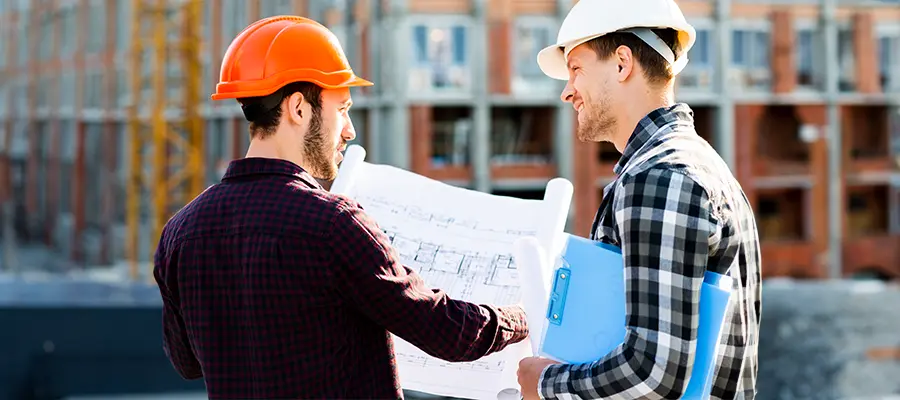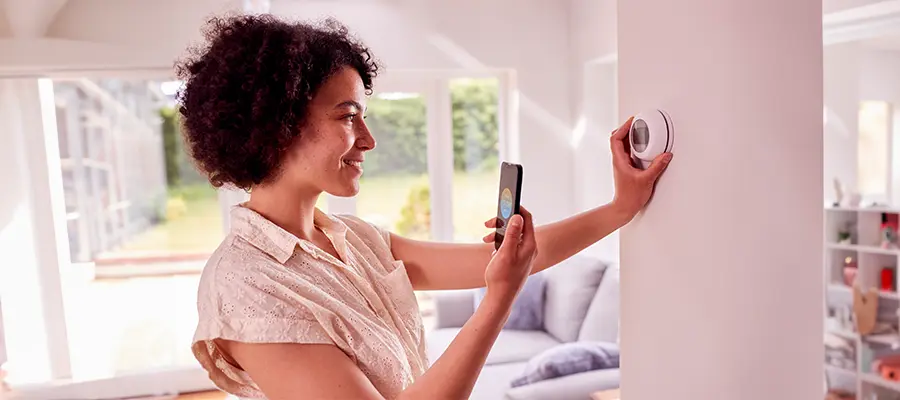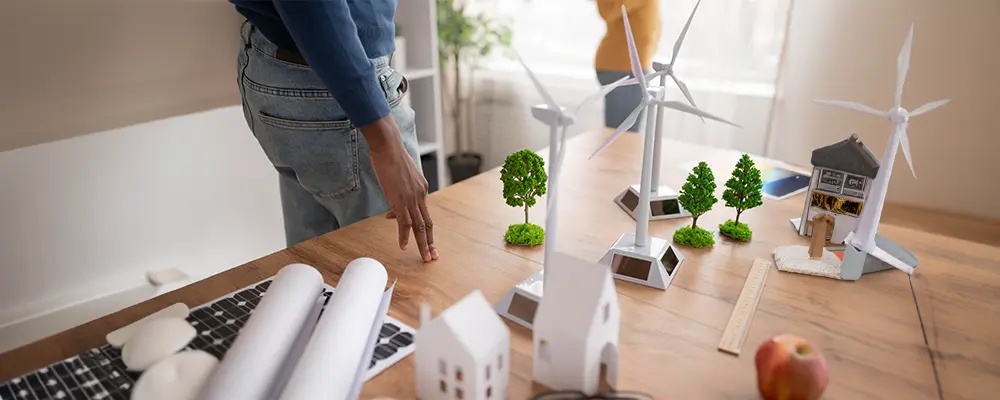Ensuring a safe and healthy workplace is very important in construction, not only for the workers but also for the people who live in the buildings and the people who live nearby. However, buildings often create many pollutants, including construction dust and volatile organic compounds (VOCs), which can hurt the air quality inside. Solving these problems will take creative thinking and proactive steps. In this article, effective ways to improve indoor air quality during building activities are discussed, with a focus on lowering VOC emissions, controlling dust, and using air purification technologies.
The Problem with Energy Use
When it comes to how much energy they use, tall buildings are the worst. A lot of air conditioning is needed because big windows and areas let in a lot of natural light and heat. There is also a need for energy use because more people and things are in these buildings. In order to solve this problem, people use building systems, physical design, and new technologies.
Innovative Strategies and Resolutions

1. Building Direction:
By carefully studying the building’s direction, architects can reduce heat gain and make the most of natural light. Sunscreens and openings are two types of shading devices that can be put smartly to keep the temperature from getting too high. This saves energy and makes the inside temperature more comfortable for the people who are inside.
2. Energy-Saving HVAC:
Consider energy-efficient HVAC systems for construction with complex HVAC systems. Daily saving energy-saving HVAC solutions like variable refrigerant flow systems can save a lot. By precisely heating or cooling distinct sections, these systems maximise energy use.
3. Smart Building Management Systems:
Using advanced robotics and sensor technology, these systems can monitor and control energy use in real-time. By changing ventilation, temperature, and lighting based on occupancy and outside factors, these systems save the most energy without sacrificing comfort.
4. Use of Renewable Energy:
Tall buildings with wind or solar panels can balance most of their energy demand. This reduces fossil fuel and greenhouse gas emissions. Tall buildings have plenty of space for clean energy production on their roofs.
The Advantages and Key Takeaways
Lower Energy Costs:
High-rise buildings can become more financially stable by lowering their running costs and taking steps to save energy.
Effects on the Environment:
Using renewable energy sources and lowering energy use in tall buildings can help make the future safer and greener.
Enhanced Indoor Air Quality:
Energy-efficient HVAC systems and smart controls enhance air quality in high-rise buildings, benefiting resident’s health and well-being.
Compliance with Regulations:
Using eco-friendly methods in tall buildings helps ensure they follow the rules and avoid fines as governments tighten energy-saving rules.
Why Teamwork Matters?
Owners, engineers, builders, and tenants of high-rise buildings can work together to enhance air quality and decrease energy use. It is very important to consider each building’s needs and make energy-saving plans that fit its specific features.
Creative design, the application of modern technology, and the encouragement of ecologically beneficial practices can transform high-rise structures into places to live that are functional, eco-friendly, and people-friendly.
Cutting down on energy use in tall buildings makes sense and is necessary for a healthy future. A healthier and more energy-efficient built environment can be achieved with good planning, the use of energy-saving measures, and a commitment to ongoing tracking and improvement.
New developments in HVAC technology: A Step Toward Better Indoor Air Quality
In this blog, Brick & Bolt will talk about some of these changes and the good things that might come from them.

1. Smart Thermostats
One of the biggest HVAC advances is smart thermostats. By using sensors and complex formulas, these thermostats better control the temperature inside. The HVAC system can be changed to save energy and make the air better by learning what the people like.
Smart thermostats make it easier for tenants to be comfortable by letting them precisely control the temperature. The temperature can be set to instantly change based on occupancy to save energy when no one is home. Modern sensors can find contaminants in the air and amounts of humidity, which lets the HVAC system fix these issues quickly.
2. Systems for Cleaning the Air
People desire clean, healthy air in their homes, so more are using air filter systems. These systems remove allergies, pollutants, and other hazardous particles with HVAC systems. These days, more advanced technologies clean the air completely by using many filters, such as activated carbon and HEPA. Up to 99.97% of pollen, dust, and animal fur can be removed with HEPA filters. Activated carbon screens absorb volatile organic compounds, chemicals, and odours. Some air filter systems kill microbes like mold, viruses, and bacteria with UV light.
3. Environmentally Friendly HVAC Systems
One of the biggest challenges facing HVAC is energy efficiency. Energy-efficient solutions save money and improve indoor air. Modern HVAC systems consume less energy without sacrificing efficiency. This benefits the environment and humans. Lowering electricity expenses and carbon footprint, high-efficiency HVAC systems significantly reduce energy use. Humidity and temperature can be fine-tuned with the help of variable-speed compressors and advanced airflow management systems.
4. Remote Supervision and Management
We can now remotely monitor and regulate our HVAC systems, which changes our relationship with them. The Internet of Things (IoT) enables building managers and homeowners to monitor and operate HVAC systems using their computers or cell phones. This control lets repairs be made ahead of time, and the machine runs more efficiently. Remote tracking tracks energy use and notifies users about HVAC issues. Smart devices make life more comfortable and save energy by making it easy to change and plan temperature settings. Facility managers can monitor large buildings with many HVAC systems remotely to ensure optimal performance.
Many HVAC technology improvements increase indoor air quality. Smart thermostats save energy, improve comfort, and provide more precise control. Air purification devices effectively remove allergies, pollutants, and odours. Energy-efficient HVAC systems save money and improve air quality. Remote tracking and control facilitate maintenance more proactively, work more efficiently, and be more convenient.
As the construction industry changes, so must how we protect the air quality inside our homes. By following the tips in this piece, construction workers can reduce the harmful effects of dust and VOCs, making the places where they work and live healthier for everyone. By working together, coming up with new ideas, and being dedicated to sustainability, we can ensure that building projects reach their goals and improve people’s and community’s lives.

